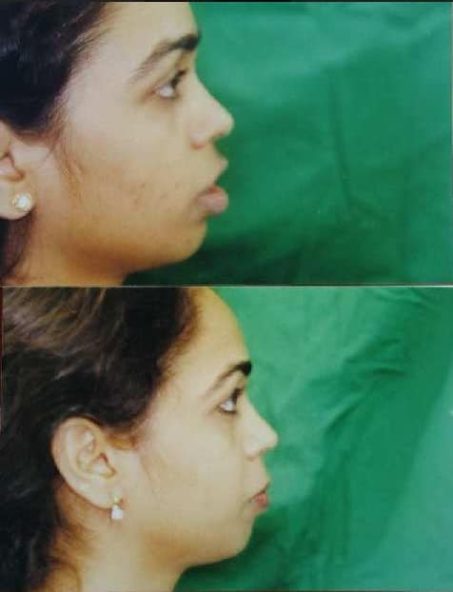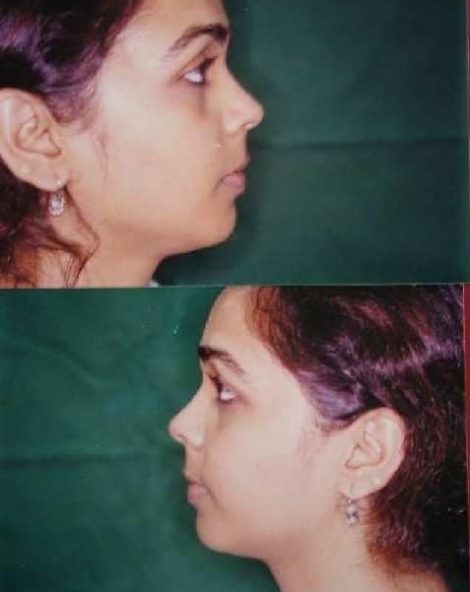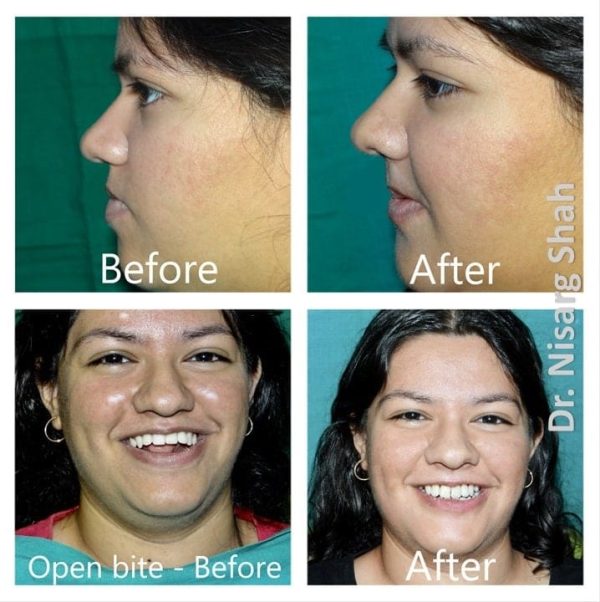- +91 98200 72991
- +91 89287 58838
- dentalclinics12@gmail.com
- Mon - Sat: 10:00 am - 2:00 pm & 4:00 pm - 8:30 pm
Orthognathic surgery refers to the surgical correction needed to fix substantial abnormalities of the maxilla (upper jaw), the mandible (lower jaw), or both. The abnormality may be a birth defect, a growth defect, or the result of traumatic injuries to the jaw area.
Orthognathic surgery is generally performed by an Oral and Maxillofacial Surgeon to correct malocclusion (bad bite) in cases where routine orthodontic treatment has not or will not be effective. Orthognathic surgeries include the reconstruction of the mandible or maxilla, mandibular ramus, maxilla osteotomy, and mandibular osteotomy.
There are several classifications of malocclusion (the improper coming together of teeth) which may require orthognathic surgery:
Class I Occlusion –This malocclusion means that the lower anterior incisors sit directly behind the upper anterior incisors when the patient bites down. This is considered less destructive than Class II and Class III malocclusions.
Class II Malocclusion – This is identified when the lower anterior incisors lie significantly behind the upper anterior incisors during the biting process; in some cases hitting the soft tissue behind the upper incisors. This is commonly referred to as an overbite and can cause discomfort, bone damage, excessive wear of the front teeth, and tooth loss.
Class III Malocclusion – This is commonly known as an underbite and occurs when the lower anterior incisors and lower jaw are positioned beyond the upper teeth, making the lower jaw much more prominent than the upper jaw.
To read more about wisdom teeth view our informative pages below.
. Reasons for Orthognathic Surgery
. What does Orthognathic surgery involve?
Here are some patients who underwent Jaw Correction/ Orthognathic Surgery




